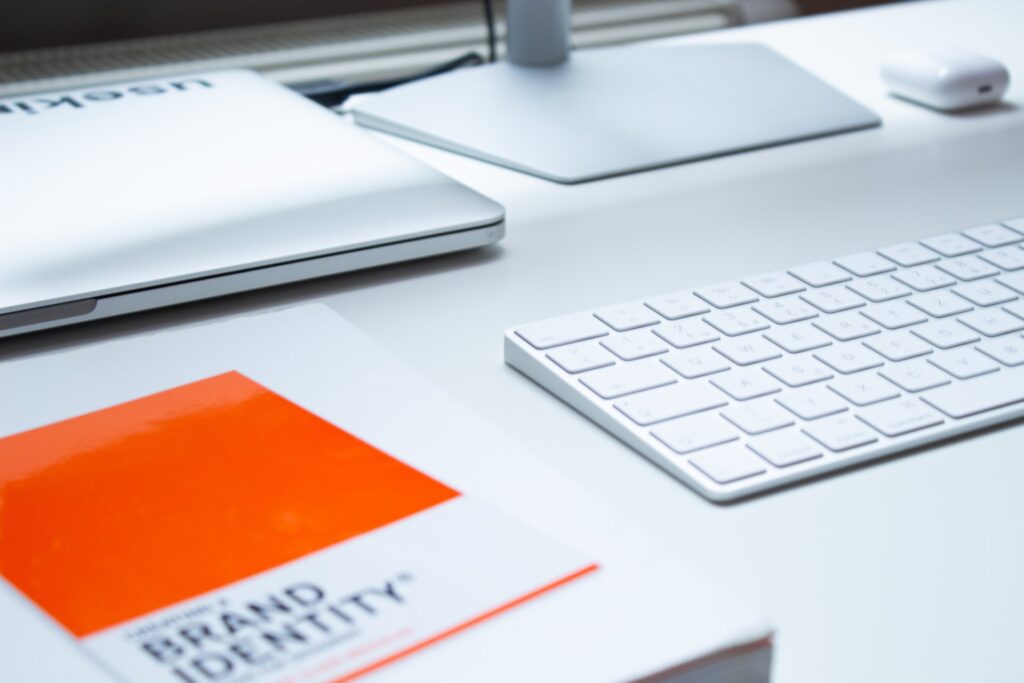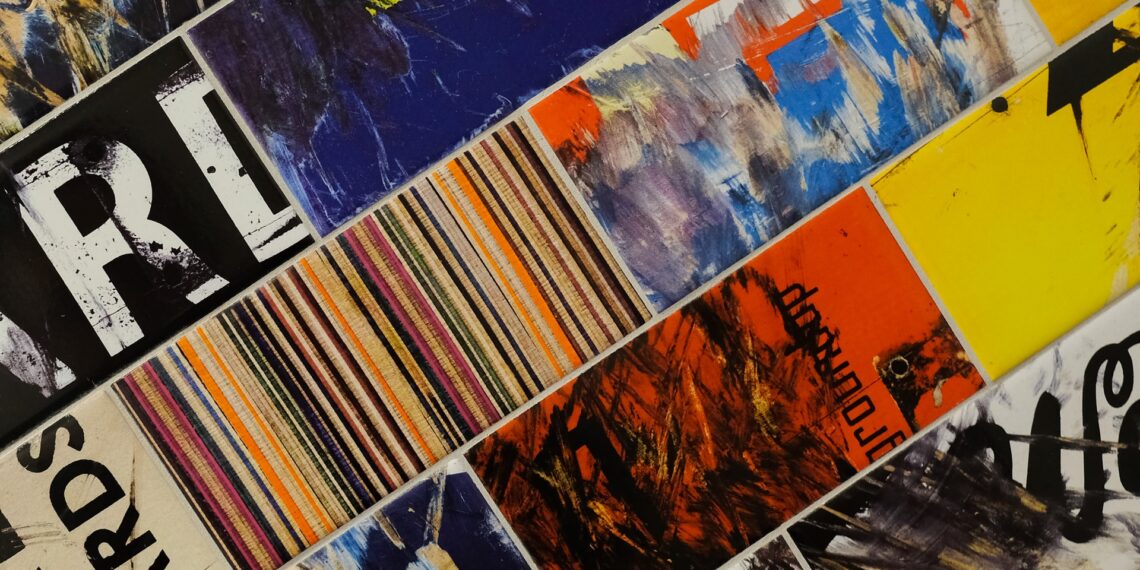The concept of design psychology: an overview of basic principles
Creating the design of the website or the appearance of packaging for a product, each specialist puts into the image a part of himself – his emotions, experiences, and attitude to the subject of work. Thus the product combines two visions – of the customer and the performer. In this case, the final result of the work should also contain those features that will interest the consumer. Design psychology has a significant influence on how the result will be perceived. According to this theory, the use of certain elements, colors, and style affects the attitudes of customers.
For example, psychologists say that a large number of sharp angles in the design are perceived negatively by people. From the point of view of neurophysiology, scientists recommend using curved lines and smooth transitions, as the eye is better focused on them. Polls confirm that logos with rounded corners are perceived by people as more calm and positive. It should be borne in mind that the smooth lines will ensure that a person can hold on to the logo for a long time. The task of design psychology is to understand how people perceive the combination of certain elements, and here works not only the subconscious but also the characteristics of the body.
As for the angular images, it has been proven that they cause unpleasant feelings. When a person looks at them, the part of the brain responsible for fear, the amygdala, is activated. In this case, sharp corners are paid attention to in the first place.

Considering these patterns of design psychology to promote the brand, it is possible to improve its recognition and to develop in consumers certain associations. Observing the balance of straight lines and smooth curves in the design of the logo, you can get an image that will broadcast to people the poise and reliability.
This approach will be useful for creating a website. For example, you can use straight and thin lines in the design to segment the page into separate blocks to focus attention on one section or another.
Triangles are quite a striking element in terms of design psychology for advertising. They are associated with movement and activity and always speak of energy. It is important to pay attention to the location of the geometric figure. For example, a triangle positioned with the top up, tells the consumer about the strength, but if it is inclined – then it will be an indicator of instability and impermanence.
Often you can see abstract shapes in the design, which also have their own definition in the design psychology and will be useful for designers. Spots of arbitrary size and shape evoke positive emotions and a sense of comfort.
Crosses in their different variations are favorably perceived by people; they are often associated with help. Spirals are a symbol of movement and progress. The variant with rounded elements speaks of perfection, and zigzags indicate change.
If you use all of these features correctly in the design, you can greatly increase the effectiveness of promotion, just by using the right elements.




